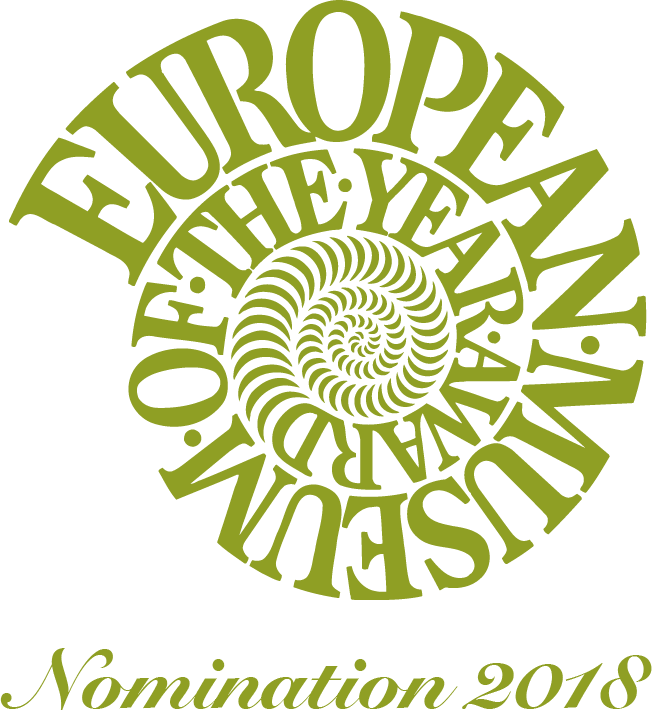Welcome to the new edition of Thyssen at home,
Today, the artistic director and curator of the Museu Carmen Thyssen Andorra, Guillermo Cervera, dedicates his talk to John Atkinson Grimshaw, through his artwork “Shipping on the Clyde” 1881.
Born on September 6th of 1836 in Leeds, England, he was one of the most well-known British artists. Grimshaw was influenced in his first artistic stage by the painter John Ruskin, and adopted the detailed pre-Raphaelite technique of the artist from Leeds, John William Inchbold, focusing on using a whole spectrum of colours to represent nature as realistic as possible. Towards 1865, he renounces this style of painting at the expense of poetic nocturnal landscapes, showing British urban and rural zones of the Victorian’s era.
In the work “Shipping on the Clyde” of 1881, Grimshaw’s mastery reveals, with an almost supernatural clarity, the environment of the Clyde river in Glasgow, which in the 19th century was Scotland’s most important port.
The composition makes us partakers of the firsts lights of the day, witnesses of the urban and maritime life, we observe shipyards, the masts of the British boats and the docks, where all the elements of the composition are concentrated: street lamps, which guide the gaze of the spectator to the horizon of the paint, the carriage that circulate and pedestrians with umbrellas.
Although the cities and docks have become the most popular work of the artist, he also painted landscapes, portraits, interior scenes, fairy images and neoclassic themes. Here we stop to connect this work with the “Portrait of the Artist’s mother” by James McNeill Whistler, who was a close friend of Grimshaw and a great admirer of his work.
James McNeill Whistler, established in London since 1859, became famous by his discreet and subtle art, deeply innovative. He was associate to impressionism (although he was more interested in evoking environments), with symbolism and with aestheticism.
As an example, we find the work “Harmony in Blue and Silver: Trouville” (1865), one of the paintings created in Trouville, where the artist travelled with his friend and realistic painter Gustave Courbet. We can also highlight the work “Nocturnal. Battersea Bridge” (1872 – 1875), in which McNeill included etchings. A nocturne and fireworks view of the River Thames, which appear as patches of colour in the sky just beyond the bridge.
McNeill Whistler also shared master with Claude Monet, the famous Swiss teacher and painter Charles Gleyre, who encouraged the practice of open-air painting for his impressionist students. Through this impressionistic link, we move on to the work of Claude Monet “The Charing Cross Bridge” 1899, in which the nebulous effect of the Thames River views leads the viewer to the impression that all the elements are about to fade away.
The fascination for the fog, and the mystical effect produced in the lights and urban shadows are undoubtedly the touch of John Atkinson. In “Shipping on the Clyde”, the artist alternates the natural lights with an amazing combination of lamps, oil lamps on the inside of the houses and a bonfire on the left side of the piece. The result is a rich and poetic urban scene that could recall the novels of Charles Dickens.


